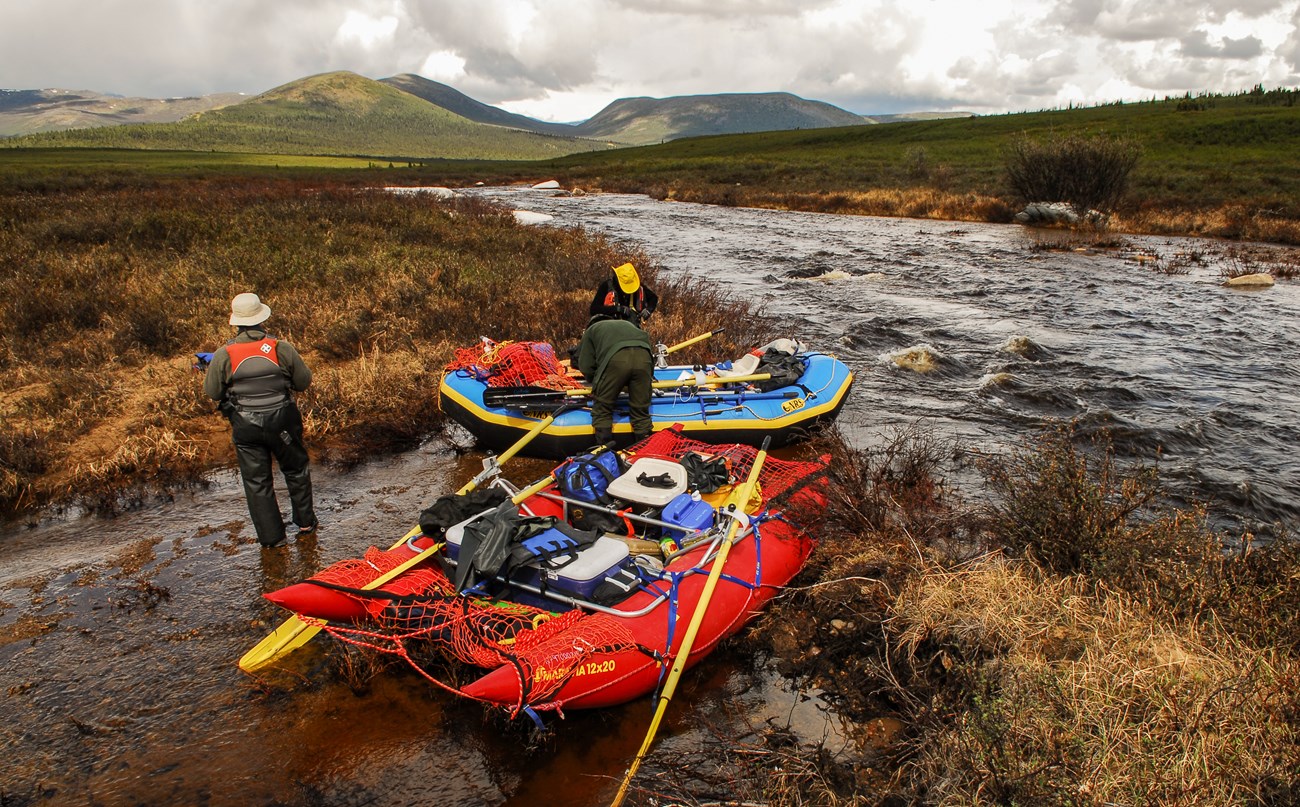
NPS/Josh Spice
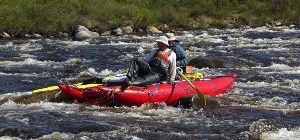
NPS Photo The Charley River is a cold, clear, intermediate free-flowing stream. Maximum stream flow occurs in late May and early June. The boating season usually begins in June, and there are generally sufficient flows to accommodate small boats through August. During periods of low water, it may be necessary to drag or portage a raft or kayak over shallow riffles and exposed rocks or gravel bars. 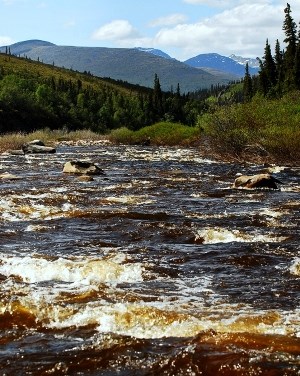
NPS Photo by Josh Spice 
NPS/Josh Spice Visitors are urged to exercise caution when floating the rivers in the preserve. Variable weather conditions and water levels can create unexpected hazards. Water temperatures are consistently low, even in the summer, posing a severe hazard of hypothermia. Life jackets are a minimum safety precaution and should be worn at all times while on the water. Helmets are strongly recommended. Rivers are dynamic systems, and their routes may not always follow the course on river maps. It is important to be prepared for emergencies. Visitors must be safety conscious, well prepared, and self-sufficient. Although permits are not required for floating the Charley River, it is strongly recommended that visitors file a voluntary backcountry trip plan and a notification of trip completion. To file a backcountry trip plan, contact the Eagle visitor center (907) 547-2233.
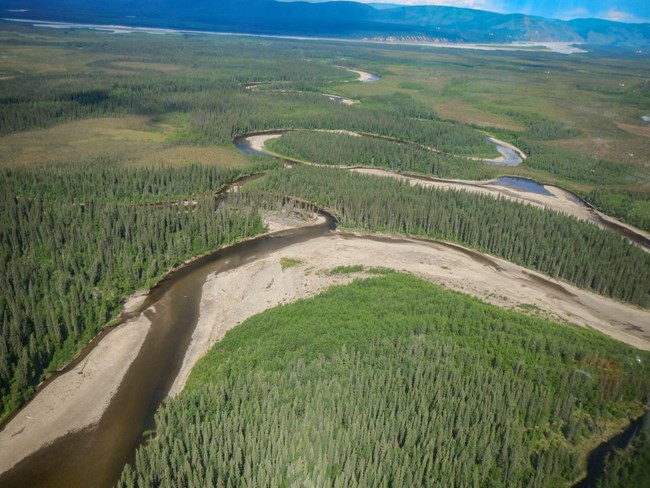
NPS Photo Summer 2019 Observation UpdateIn 2018, downstream of Bonanza Creek at about river mile 15, the Charley River changed channels and took a shortcut where there was once a log jam. The main change from 2018 is what was once the main river channel is now nearly dried up (on image right), as shown in the following photos.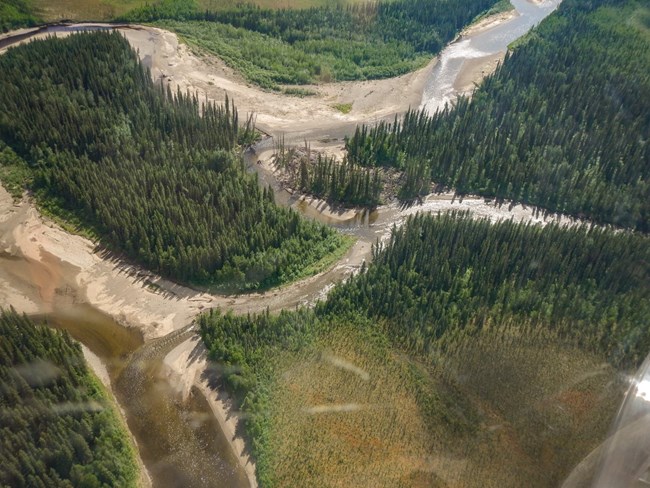
NPS Photo Boaters of all types should use extreme caution when navigating this section of the Charley River, as it poses numerous hazards. Where possible, go to shore and scout the route. Depending on water levels, it might be possible to line craft down river and through this new channel. 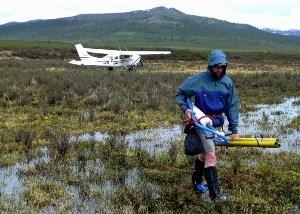
NPS Photo There is no direct road access into the Charley River basin. The region surrounding the Charley River basin is accessible by the Taylor and Steese highways, which terminate at Eagle and Circle respectively. Access to the river is gained either by boat (running and lining up-river from the Yukon) or by aircraft. Fixed wing aircraft with short takeoff and landing capabilities can land on primitive, unmaintained gravel airstrips at Gelvin's, Three Fingers, or Joseph. The most popular landing site has historically been on an unmaintained gravel bar at Gelvin's Cabin, located in the upper portion of the Charley just above Copper Creek, which has been rehabilitated (the 2013 river break-up destroyed the airstrip, causing Gelvin's gravel bar to be unsafe for airplane landings from June 2013 - July 2017). Read the News Release for more info. Visitors beginning at Three Fingers or Joseph run a high risk of low water requiring portaging or dragging boats. If beginning your trip at Three Fingers Airstrip, extremely low water levels could add multiple days to your trip. The section between Three Fingers and Gelvin's Airstrip is very shallow and strewn with rocks; it is much more of a creek than a river. 
NPS/Josh Spice TRIP LENGTH Most visitors to the Charley River charter a flight from Fairbanks, Circle, or Tok to the headwaters of the Charley, float downriver to the Yukon, and take out at Circle. Average float time from the headwaters of the Charley at Gelvin's airstrip to the Yukon River (75 miles) is six days. An additional two days are needed to float the Yukon River to Circle (70 miles). There are no rapids on this section of the Yukon. The Charley River basin (designated as part of the National Wild and Scenic River system) is managed as a wilderness area. The 1.1 million acres encompassed by this region are representative of the undisturbed ecosystems of Interior Alaska. Peregrine falcons, sheep, caribou, moose, and bears may be encountered along the narrower sections of the river and should be respected. Visitors are encouraged to abide by minimum impact camping guidelines. Food and beverages, their containers and equipment used to cook and store food must be stored in a bear resistant container, or cached a minimum of 100 feet from camp and suspended at least 10 feet above the ground & 4 feet horizontally from the vertical support. The collection of artifacts is prohibited. Hunting and fishing are permitted by state and federal regulations with a valid license. 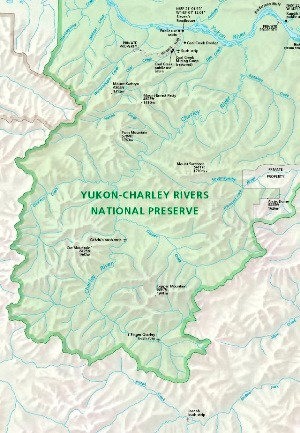
TOPOGRAPHIC MAPS From Gelvin's airstrip to the Yukon River, the following 1:63,360 (one inch to one mile) maps are used: Eagle D5, and D6, and Charley River A4, A5, and B4. From the mouth of the Charley River to Circle, the following maps are used: Charley River B4, B5, B6, C6, and D6 and Circle C1 and D1. USGS maps can also be purchased at your local USGS office, the Fairbanks Alaska Public Lands Information Center (limited maps available), or online at https://store.usgs.gov. |
Last updated: February 6, 2023
